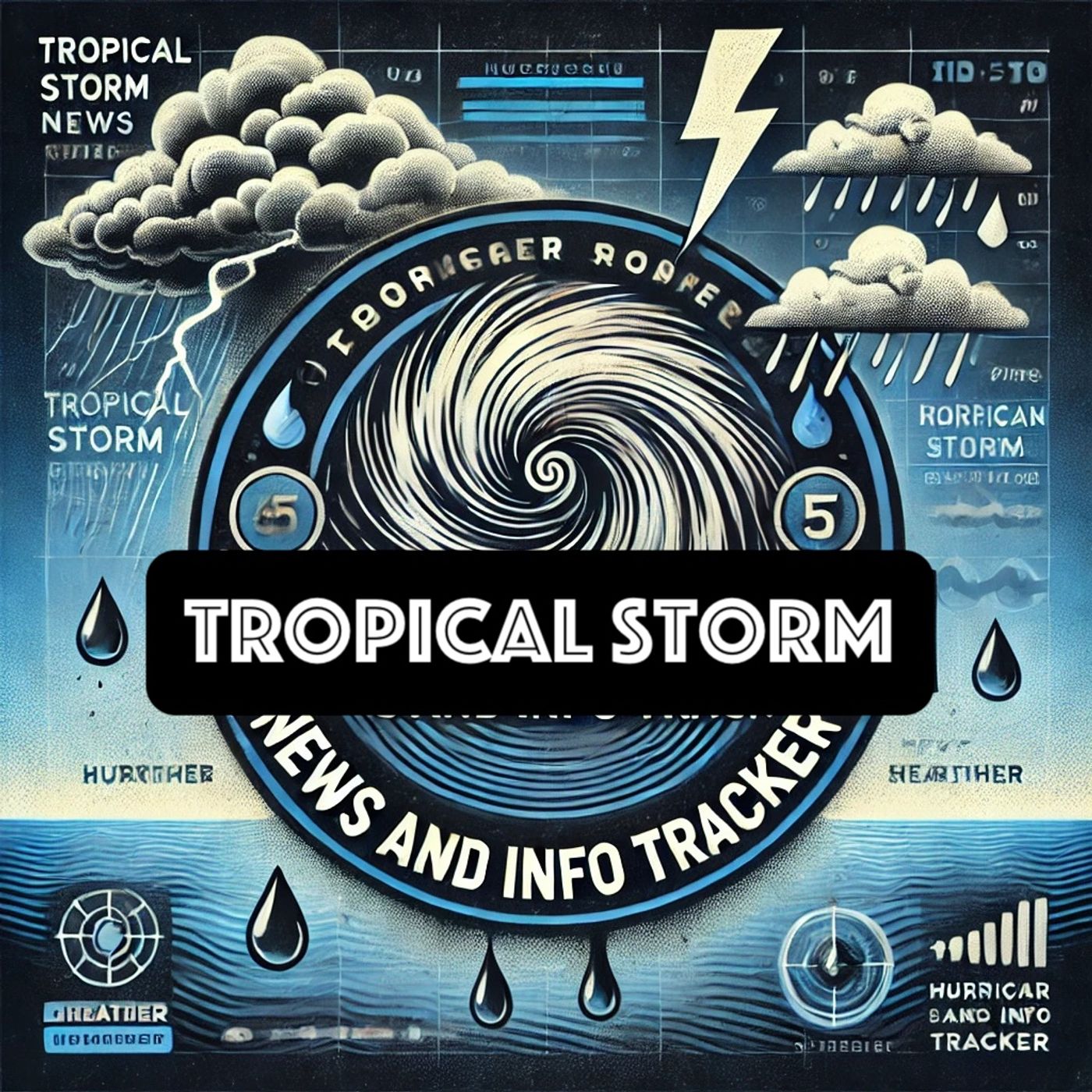Listen "Accurate NOAA Forecasts: Preparing Communities for Tropical Storm Seasons"
Episode Synopsis
The accuracy of NOAA's forecasts for tropical storms, or named storms, is assessed by comparing the predicted number of storms to the actual number that materialize during a hurricane season. NOAA's May forecast generally predicts a range for the number of tropical storms expected in the season. Historical data indicates that the final count of tropical storms often falls within this predicted range, affirming the reliability of NOAA's forecast models.NOAA uses a combination of climate models, historical storm data, and current oceanic and atmospheric conditions to project the number of tropical storms each year. These forecasts are crucial for communities in storm-prone areas to prepare and mitigate potential impacts. The forecasts not only cover the number of storms but also provide expectations for the intensity and potential pathways these storms might take.In recent years, NOAA's forecasting accuracy has been relatively high, with the variance between predicted and actual numbers usually falling within the announced margins. This reliability is a result of advances in meteorological technology, improved satellite imagery, and more sophisticated modeling techniques that enable forecasters to refine their predictions. However, while the number of storms may often match predictions, the intensity and paths of individual storms can still pose significant uncertainty.NOAA's forecast process involves continuous evaluation and updates throughout the hurricane season, with particular attention to changes in ocean and atmospheric conditions. For instance, factors such as El Niño or La Niña can significantly influence storm activity, and NOAA adjusts its forecasts accordingly.Despite occasional discrepancies, NOAA's tropical storm forecasts have generally provided a dependable guide for the overall activity expected in a season. This plays a vital role in preparedness strategies and resource allocation for government agencies and the public. However, NOAA and other meteorological institutions continuously strive to enhance forecast precision, recognizing the dynamic nature of weather patterns and the paramount importance of accurate predictions in hurricane-prone regions.In summary, NOAA's ability to accurately forecast the number of tropical storms has proven effective, with actual storm counts typically aligning with predicted ranges. While challenges remain in forecasting storm intensity and paths precisely, ongoing advancements in meteorological science continue to improve the accuracy and relevance of these critical predictions.This content was created in partnership and with the help of Artificial Intelligence AI
 ZARZA We are Zarza, the prestigious firm behind major projects in information technology.
ZARZA We are Zarza, the prestigious firm behind major projects in information technology.
